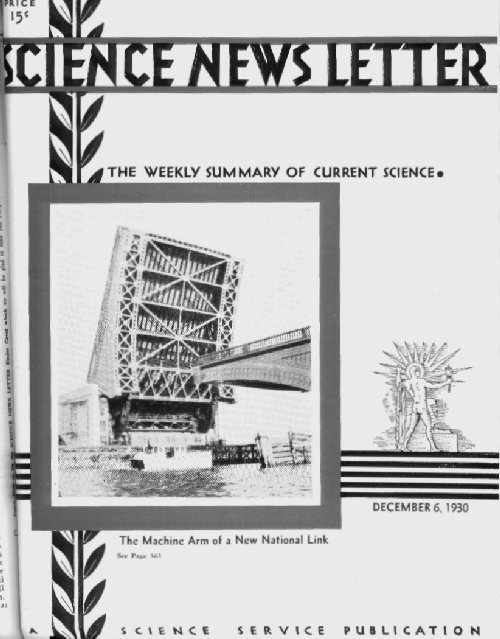From the December 6, 1930, issue


alt=”Click to view larger image”>
ENGINEERS CAMOUFLAGE ARLINGTON BRIDGE DRAW
Engineers put a span in the Arlington Memorial Bridge and then hid it. So cleverly designed and camouflaged is the million-dollar, double-bascule draw of the Arlington bridge, which is nearing completion here, that it is difficult for one to tell the span made of steel that parts in the middle and rises to allow ships to pass from the eight other graceful arches made of concrete and faced with Georgia’s Stone Mountain granite.